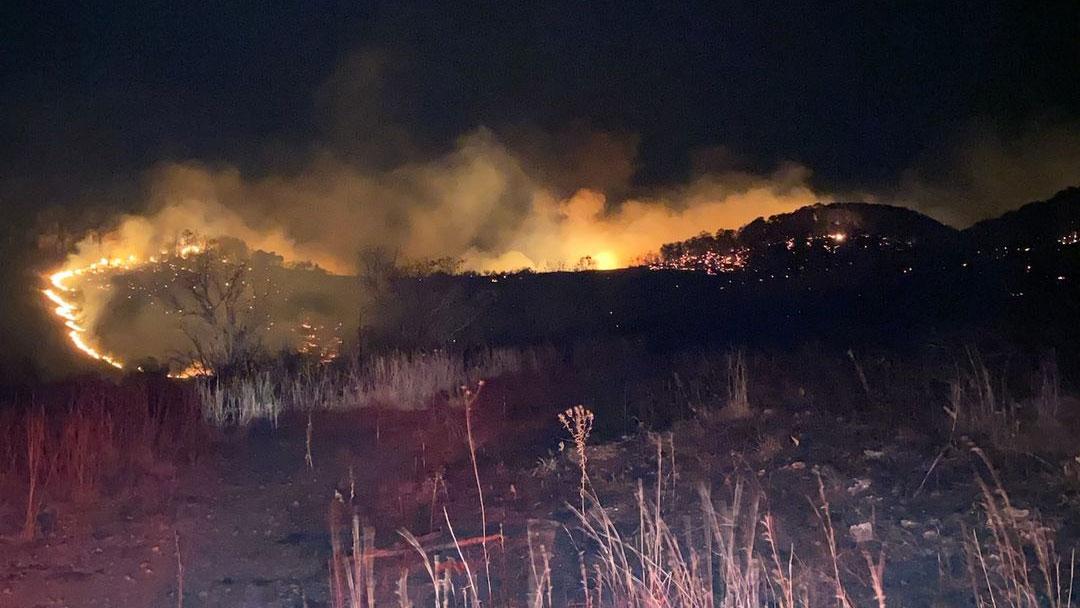It’s been a busy couple of days for firefighting resources across Missouri, especially on Mark Twain National Forest land. Here’s the latest from a news release issued by the U.S. Forest Service.
Engines, firefighters, dozer operators and many more forest service resources have dropped other projects to respond to wildfires that have popped up in many areas across the Mark Twain National Forest’s 1.5 million acres, including here in the News 1st coverage area. In fact, additional resources arrived Wednesday to assist with the widespread responses. The Chief Mountain Crew came down to Missouri from Michigan to help. The Ukanom Crew from Six Rivers National Forest in California also arrived in the Show-Me State Wednesday.
Besides the Sugar Fire near Ava we have been telling you about this week, fires have been occurring in just about every unit of the forest over the past 48 hours. The quick response from on-forest resources shows the professional capability of the forest’s wildland fire organization; but also demonstrates its reliance on solid partnerships to succeed during challenging times of drought and wind like we have been seeing. Here’s a snapshot of wildfire response this week in the Mark Twain….Poplar Bluff had the Ginger Fire for a tenth of an acre, the Eleven Point Ranger District had three fires with North Bartlett at 5 acres being the largest.
In our neck of the woods, the Potosi-Fredericktown Ranger District had a large fire, the Pigeon Roost Fire at 532 acres, the Salem Ranger District had two fires with the Burrus Fire reaching 24 acres. In the Houston/Rolla/Cedar Creek Ranger District, the Houston and Rolla units had five fires, including the Turley Fire at 200 acres and the Liberty Fire at 200 acres. Also, on the Willow Unit of the Ava/Cassville/Willow Springs Ranger District, there was the Union Grove Church Fire which was stopped at 12 acres and of course, the Sugar Fire near Ava. It was the largest fire and required the biggest response.
Being able to catch so many fires in a short time frame and keep them from growing large, even when wind and dry fuels are working against firefighters, is a testament to preparedness and to excellent collaboration. The agreements that are in place for mutual aid help tremendously. Without the help from the firefighting community including state, county, city, rural and volunteer fire departments, some of these fires would have grown larger and threatened more public and private property. Mark Twain National Forest leadership wants to thank all who are helping fight these fires.







